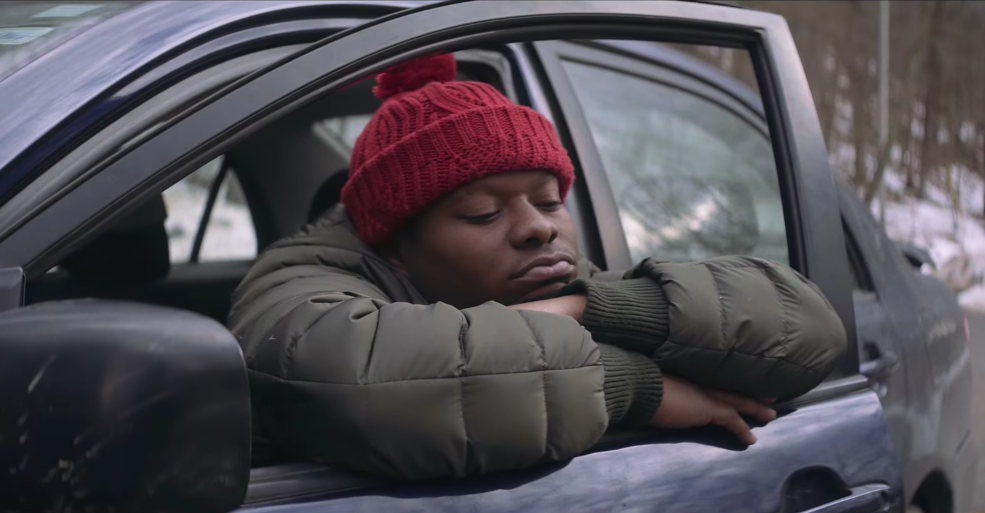Mary Poppins Returns
by Christie Robb
Recreating the magic of a classic film like Mary Poppins seems like it should be impossible. Thankfully, with the sequel Disney proves that truly everything is possible, even the impossible.
Set 20 years after the original, Jane and Michael Banks are grown and eking out a living during the “Great Slump” (the term for the Great Depression in the United Kingdom). Michael (Ben Wishaw) has been recently widowed and is struggling to raise his three children alone when the bank sends some agents to inform him that his family home on Cherry Tree Lane is in foreclosure. He’s got until Friday at midnight to cough up the cash.
Enter Mary Poppins (Emily Blunt), who returns to take care of the Banks children. This time the stakes are clearly a bit higher. Instead of the children and nanny dealing with neglectful and boring parents, they have to negotiate grief over their dead mother, probable homelessness, and some light animated kidnapping. It’s a more Lemony Snicket approach that keeps the plot moving at a good pace, but may be intense for the more sensitive kiddos.
The drama is balanced with some exhilarating song and dance numbers that mirror, but update, those in the original film. Remember Uncle Albert? Now we have a song with Cousin Topsy (Meryl Streep). The live action/animated number occurs inside the pattern of a Royal Doulton china bowl instead of a chalk drawing. And instead of chimney sweeps elevating the kids to the London rooftops for a jig, lamplighters led by Mary’s friend Jack (Lin-Manuel Miranda) wind the kids through the sewers and engage in some stunt biking and parkour.
Throughout, director Rob Marshall is faithful to the tone of the original film. There’s a continuity established from the opening credit sequence that continues through the choices in musical score, sets and costuming. However, Marshall’s experience directing movie musicals (for example, Into the Woods and Chicago) makes for more dynamic camera work and the occasional vaudevillian set piece.
This charming bit of nostalgia makes for an excellent holiday movie that celebrates the joys of childhood, imagination and family.









